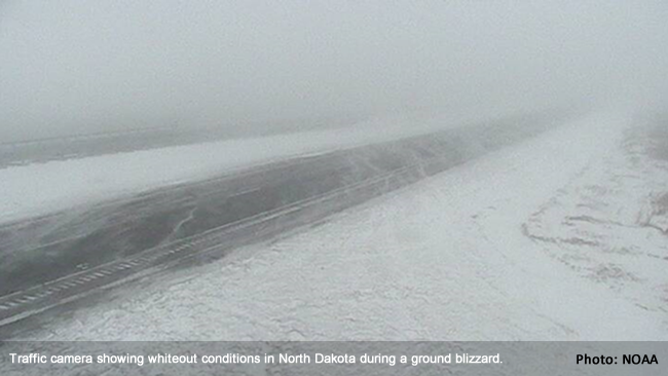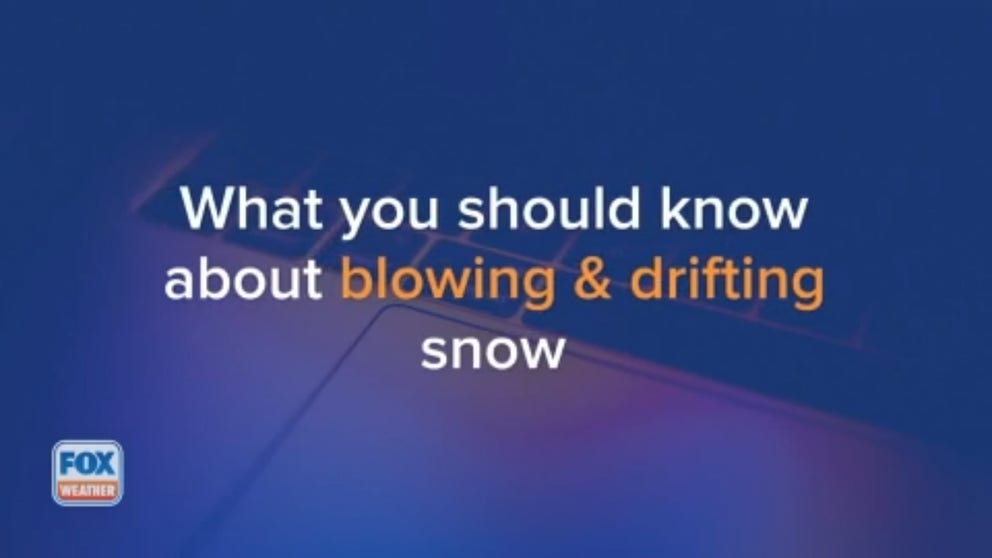What you should know about blowing, drifting snow
With these types of weather, it’s all about the wind
What you should know about blowing and drifting snow
A winter storm can dump inches or even feet of snow, but heavy precipitation isn’t the only danger that can accompany a powerful winter storm. Wind can add an extra hazard for people in its path.
A winter storm can dump inches or even feet of snow, but heavy precipitation isn’t the only danger that can accompany a powerful storm.
With many winter storms especially in the northern parts of the U.S., it’s the wind that can add an extra hazard for people in its path.
That’s where blowing and drifting snow enter the winter-weather picture.
Definitions
Blowing snow is defined by the National Weather Service as wind-driven snow that reduces visibility. This can happen as snow is falling. It can also happen after the snow has fallen when strong winds pick up the fresh snowflakes and blow them around. This is called a ground blizzard.
Drifting snow is defined by the NWS as an uneven distribution of snowfall or snow depth that is caused by strong surface winds. Just like with blowing snow, drifting snow can happen during or after a snowstorm.
The American Meteorological Society takes the definition a step further with height. Blowing snow is usually lifted to a height of at least six feet above the ground, while drifting snow stays below that 6-foot threshold.
Seeing as how both types of weather are wind-driven, it’s no surprise that they usually go hand-in-hand during a winter storm.
Hazards
Snow is an efficient reflector of light, so depending on how hard it’s snowing it can create areas where you cannot see very far in front of where you are standing or driving. This is called reduced visibility.
With blowing snow, reduced visibility is the biggest danger. When high winds blow snow, it can create something called whiteout conditions. This means you can see nothing but a white wall of snow in front of you, making it easy for a person to become disoriented. You don’t want to be walking or driving in this type of weather.

Drifting snow can lead to the creation of deceptively deep piles of snow. While several inches of snow may have fallen, a snowdrift can grow to be several feet deep. People who are removing or playing in that snow can find themselves with an unstable wall of snow around them. If that wall collapses, a person can become trapped or even suffocate under the weight of the snow.
Actions
During any winter storm, it’s important to stay informed about the forecast. The FOX Weather app is a great place to get updated information about the weather in your area. Both your local FOX meteorologist and the NWS office for your area will also have the latest information about the forecast.
You should also heed the warnings issued by local officials and listen for information about travel conditions. Roads can quickly become treacherous during a winter storm.
